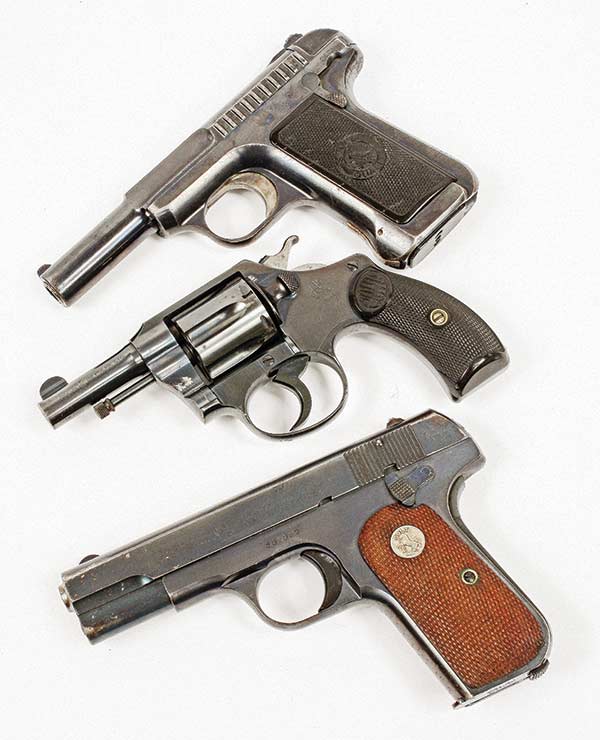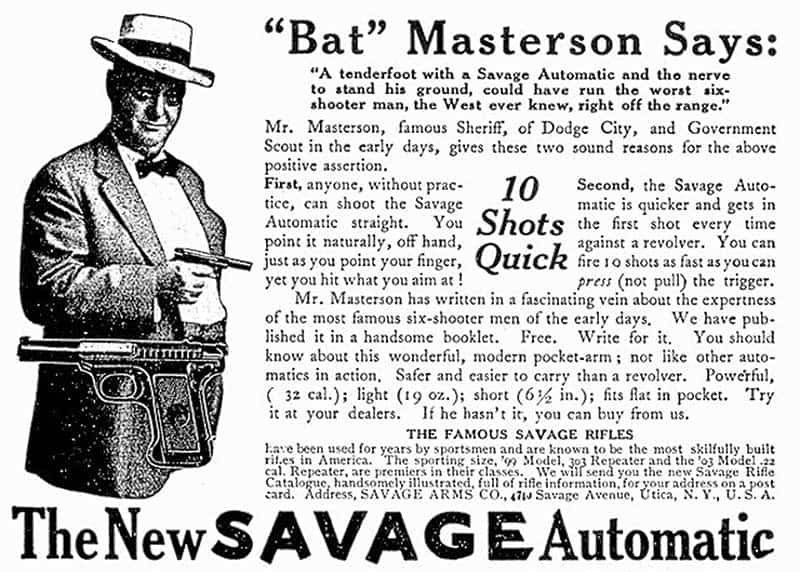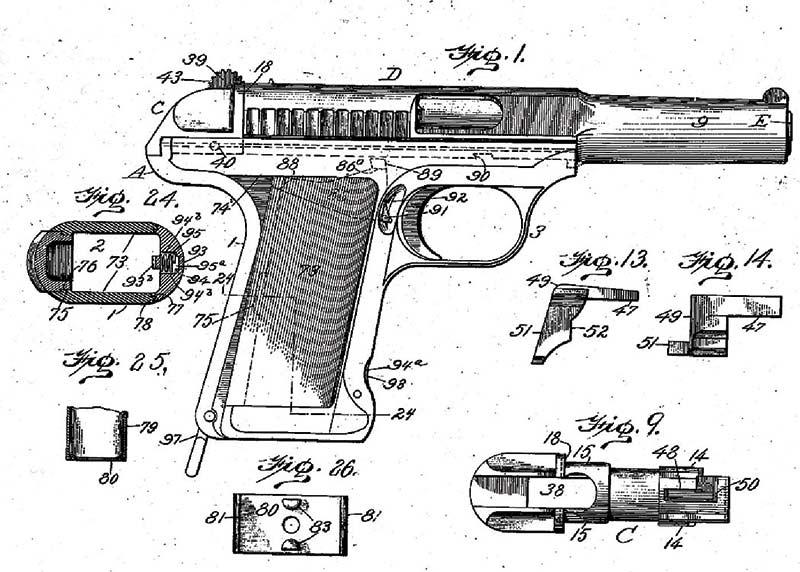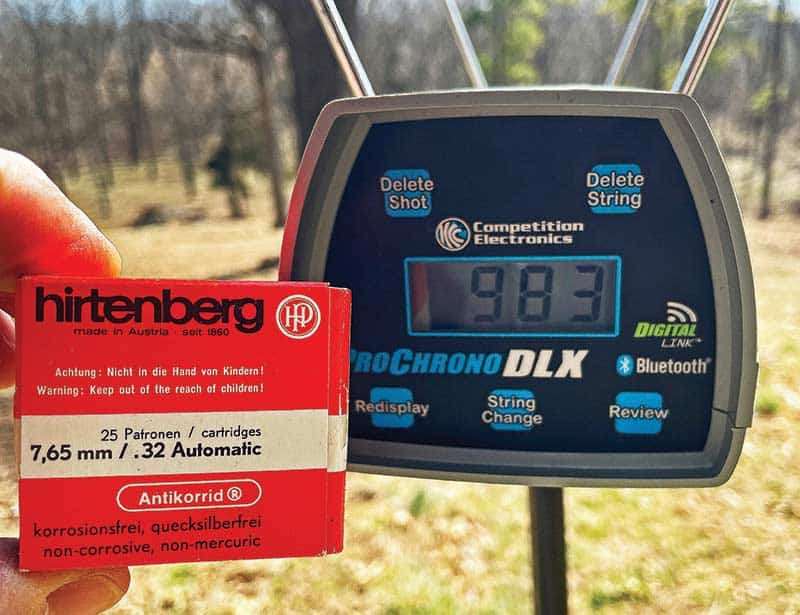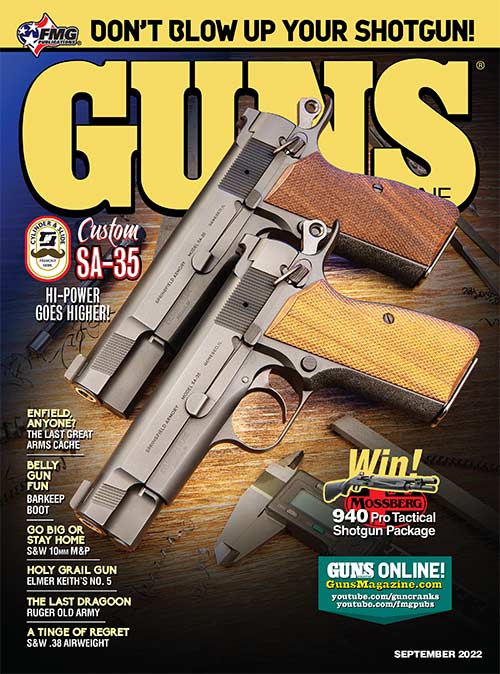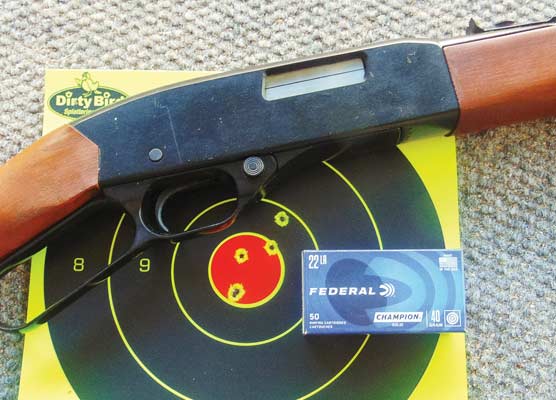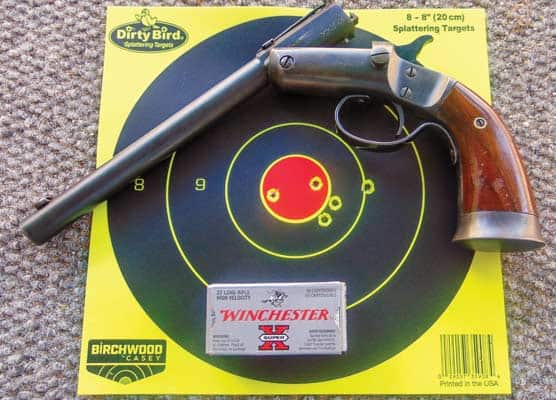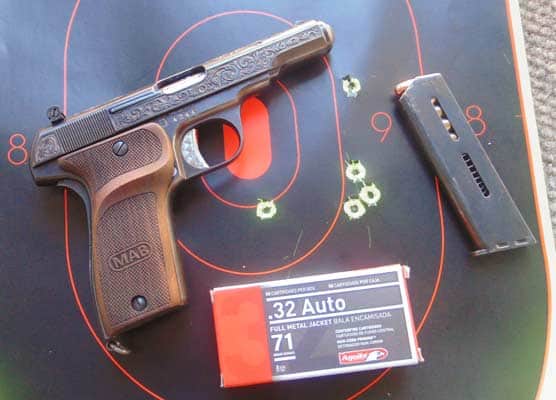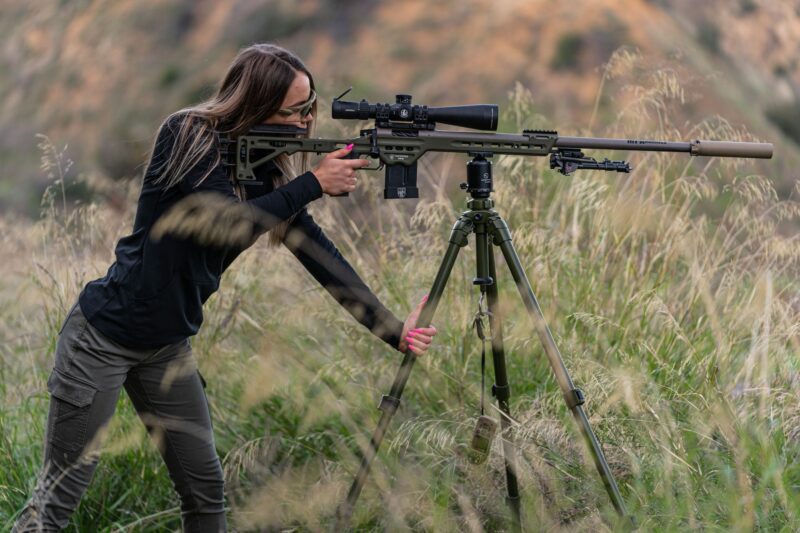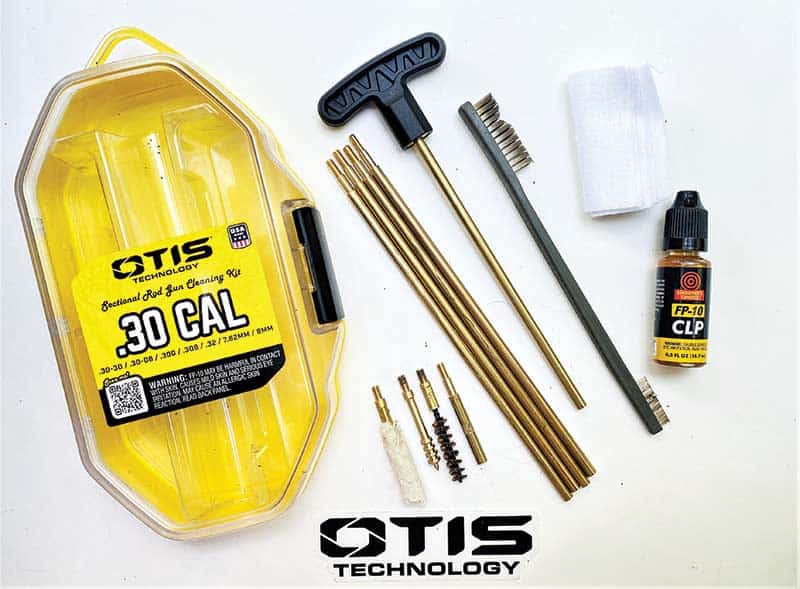The Delightful Savage 1907
Ten Shots — Quick!
No less a gunfighter than Bat Masterson said this about the Savage 1907: “A tenderfoot with a Savage Automatic and the nerve to stand his ground, could have run the worst six-shooter man the West ever knew, right off the range.”
Perhaps even more interesting to me is the fact in the same ad showing Bat brandishing a 1907, the “second” reason for Bat’s assertion is: “The Savage Automatic is quicker and gets in the first shot every time against a revolver. You can fire 10 shots as fast as you can press (not pull) the trigger.” The italics and the “(not pull)” are in the original ad copy. Bat knew the ropes and this is why he eventually died of a heart attack at his desk writing sports copy for a newspaper rather than in the dusty streets of Dodge City.
While the Colt 1903 and even the Remington 51 are the darlings of classic pocket pistol admirers, it wasn’t until I bought this Savage 1907 in .32 ACP I realized I had been missing out. I always enjoyed their ads with Bat, the distraught “housewife at home facing a burglar” (“Victory And Your Savage!”) and even Buffalo Bill Cody himself touting it — but had never actually fired one. I thought them strange looking and they just didn’t look as if they’d feel good.
I was exactly wrong.
The Origin
Many 1911 fans don’t realize Savage’s original design in 1907 by Elbert Searles for an 8-round double-stack .45 ACP was a finalist in the great race for a new fighting handgun for U.S. forces. Up against the 1911, the Luger and others lost out until it came down to the Savage and the Colt. Alas, the Savage cost considerably more and had manufacturing quirks causing malfunctions and parts breakages during extensive testing by the military. It was the “big boy” Colt up against a smaller company and Colt won handily due mostly to John Browning’s genius. The 195 .45 ACP Savage test guns were returned to Savage where they were eventually sold. Value today is in the $20,000 to $40,000 range.
But Savage realized scaling things down to a pocket pistol might work, and they did just that. The “Model 1907” was introduced in .32 ACP in 1908. First year production was about 2,000 guns but in 1911 alone, they sold 20,000 guns. This trend kept up, with total production figures topping out in 1920 at about 208,800, with an additional 9,845 in .380 ACP models. Interestingly, while the U.S. military didn’t buy any, the French did purchase 27,000 in .32 ACP for use in WWI.
The Design
I was amazed, frankly, at how good this gun feels in the hand. Savage made a great fuss about how it “points naturally” and I confess it points better than the Colt 1903. They talk about there being “… no need for any experience as it shoots just like the way you point your finger!” Great advertising copy, but not entirely true. I did find it very easy to shoot fast and accurately in close, though and I do think there’s a bit of magic going on.
The “hammer” isn’t really a hammer, which fools most people. It’s a “Cocking Indicator” since the 1907 is actually striker-fired. If it’s back, you know the gun is cocked. However, I wouldn’t ever use it to “lower” the striker as there just isn’t any way to get a good grip on it.
Like the CZ75, the slide rides “inside” of the frame so it’s hard to grab onto. The burly serrations you see are there to lend a good gripping surface. The external safety (marked “Safe” and “Fire”) is “on” when up and can be brushed downward off easily though I’m not sure I’d carry it “cocked and locked” like a 1911. Besides, you honestly shouldn’t rely on an antique like this for protection unless you’re really in a pinch.
The magazine holds 10 rounds and is a double-stack. Most pocket guns held six to eight at best so the Savage won the cartridge capacity battle handily. What’s funny is at a glance, it’s hard to tell the mags apart from the “new” breed of similar capacity pocket pistol magazines. Savage beat everyone to it — 110 years ago.
The mag is released with a tiny lever on the front strap. It’s purported to be able to be released with your little finger but it’s pretty fumbly for a “speed” load. Still, I think it’s better than the classic heel release on so many of these guns. Sights are tiny, of course, but adds to the charm of shooting the old guns.
Take down is clever. You move the slide to the rear, then pull the cocking piece (the hammer-looking thing) down and twist the rear of the slide to the right. This rotates the fire control assembly and it will eventually pull out the back. The slide then goes forward off the frame, with the barrel, etc. coming free. You’ll end up with six parts and it’s very easy to clean and lube. The key is to remember to pull the cocking piece all the way down before you try to turn the assembly.
Shooting
Unfortunately, my gun has an after-market magazine so mine is “Eight Shots Quick” rather than 10. But I put about 50 rounds through it and it ran just fine. A fast mag dump at about five yards showed a nice tight group without really looking at the sights, just pointing. Maybe Savage was right? I slowed down and used the tiny sights at about 12 yards and got a tidy 1.5″ group. And yes, I tried my 80-yard steel torso target and in eight rounds hit it three times once I dialed in the elevation. Now tell me that’s not great fun!
I recommend if you like this sort of thing, keep your good eye open for one. They tend to sell for modest prices, say $400 or so for a “shooter,” to more than $1,000 for a really pretty one. And pretty they can be, with the amazing polish and blue the old gunsmiths could manage.
But be warned, your first gun like this is only your first step on a long journey of marvelous fun. Suddenly, the used gun section of 1903s, 1907s, Remington 51s and the like will beckon. Prepare to lose your heart!
